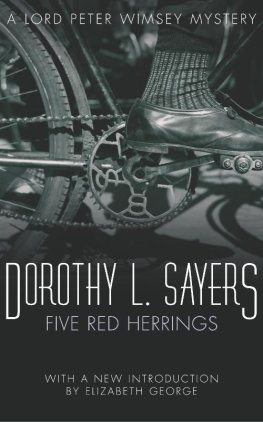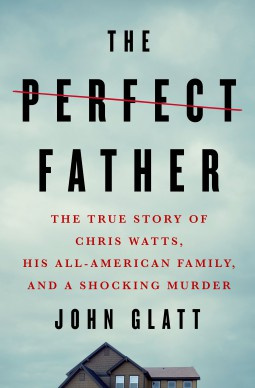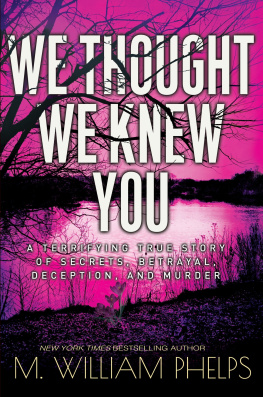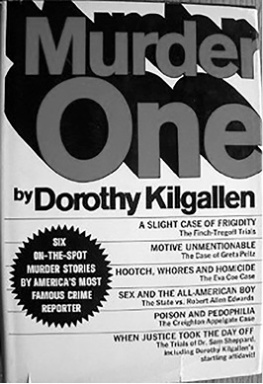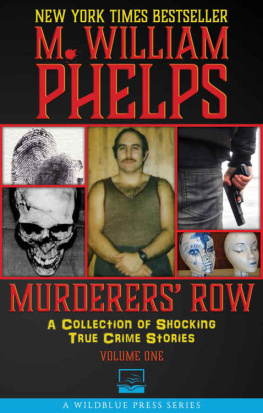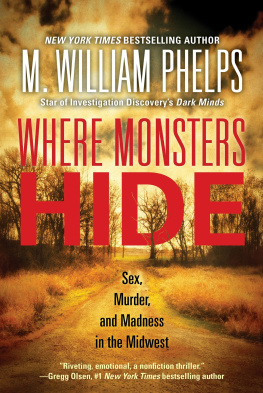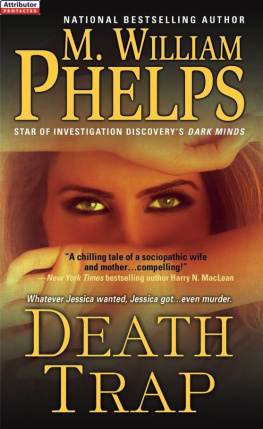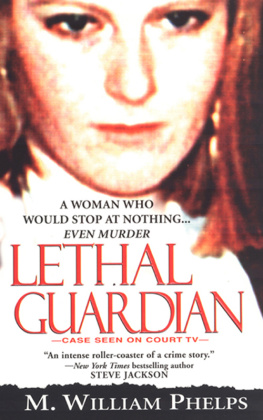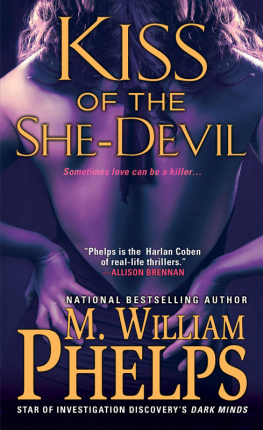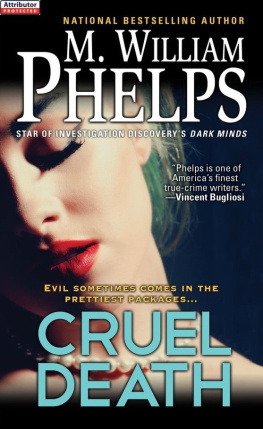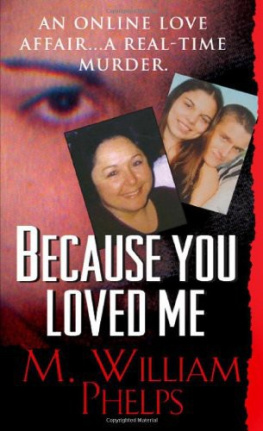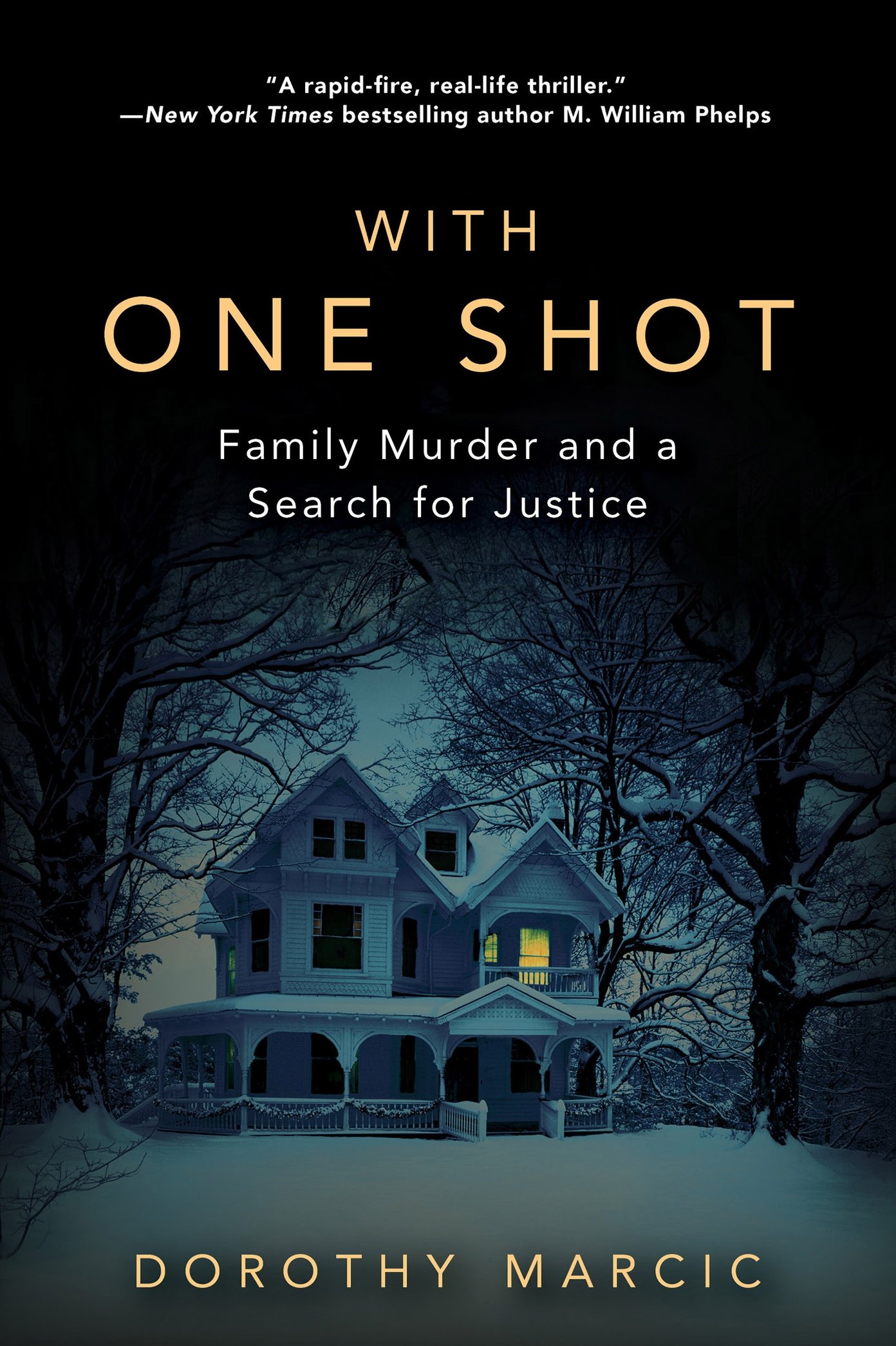ACKNOWLEDGMENTS
W e live and work in groups, supported by social networks often so deep and so extensive that we might, at times, not realize the tremendous influence with which they shape our lives. I am a human who draws inspiration and sustenance from my family and friends, and I am deeply grateful for their love and support. My work was further aided by the unexpected and abundant kindness of strangers or people I barely knew, who gave me invaluable information, with each nugget providing another piece of a giant, complicated puzzle that took three years to assemble.
Firstly, I have to thank Lieutenant Alicia Rauch and Detective Tim Blanke, of the Dane County Sheriffs Office, for providing me not only with the much-needed police reports, but also patience with my questions and the willingness to tell me the truth. And I want to thank Linda for spending months poring through dusty microfiche files to find the information. Next I have undying appreciation for Karen Meier, of the Dane County Clerk of Courts, who nearly became my personal research assistant for over one year, providing me with necessary court transcripts, probate documents, and other numerous types of records that she often had to search weeks to find, all with a cheerful and persistent attitude. Jeffrey Sholts, of the Dane County Medical Examiners Office, provided me with several very important coroner reports, including that of my uncle. There were so many other county clerks in so many places across the country that were immensely helpful, and I am thinking of women in Iowa and in Minnesota, in Blount County, Tennessee, Beloit, Wisconsin, and Rock County, Illinois. But one stands out, and that is Rachel Thomason in Sawyer County, Wisconsin, who took extra time and energy to help me unravel some mysteries about my uncles hunting cabin and the Fred Weir who bought it from Suzanne many years later. Speaking of Fred Weir, I talked to about twenty people in Spring Green, Wisconsin, before I found Brad Hass, who had worked with Fred for many years. He was forthright and helpful. One person whose phone conversation rocked my world was Kenneth Pledger, one of the first officers on the crime scene, and I marveled at his memory. Others who provided valuable insight were attorney James Sugar, who had supervised the Stordock probate, former Judge and District Attorney James Boll, who prosecuted the case for the first five months, the first guardian ad litem (lawyer for a minor child, in this case, Danny Stordock), and attorney David Walsh, the second guardian ad litem. Counselor Walsh is a recently retired University of Wisconsin trustee, whom I met with in December 2015 and took an instant liking to. He became such a source of assistance, I am filled with gratitude when I think of how much he continued to help me on this project, as did his associate Adam K. Premo.
In later stages of my research I was helped immensely by Dennis McCormick, who worked tirelessly with me to get the correct photos and front-page newspapers from the Wisconsin State Journal archives. Amy Sloper dug through old TV films to look for footage, while the amazing Gregory T. Smith found old records and images that I was told were long gone, and he managed to convince the sheriffs archivist to reduce redactions in the reports. Several people from the Beloit Police Department were helpful in securing photos of Uncle Vernie and were kind enough to speak on the phone with me and tell me stories. I am especially grateful to Howard Bjorklund, Captain Dan Risse, and Chief Roger Helser. David Zimdars, of the Beloit Historical Society, offered important assistance. Thanks to Sandy Day, who organized a photo being taken of my uncles gravestone in the Veterans section of Eastlawn Cemetery in Beloit. Special appreciation to Maggie Slingerhouse (who went above and beyond), editor of University of St. Catherines newspaper, The Wheel , along with the faculty advisor Jill Jepson. And endless thanks to Stephanie Jones, Mark Lewis, and Brenda Wishau, of the Racine [WI] Journal Times, who really was there for me and helped me get clearance for a picture that was perfect for the photo spread in this book.
Current and former residents of Oregon, Wisconsin, were so welcoming and contributed greatly to my final product. They include current and former owners of the Mansion: Jan Bonsett-Veal, Alice and Michael Seeliger, as well as people at the Oregon Area Historical Society and the Village of Oregon, who spent much time tracking down information. They are Melanie and Doug Woodworth, Gerald Neath, and Sue Poole.
My uncle Vernies best friend in Oregon, Joe Roznos, and daughter Cynthia, lifted up my spirit after I tracked them down and spent a long time talking to both. There were family members of Suzanne, Suzannes husbands, Jocelyn, as well as friends of David, who helped me tremendously, but I am reluctant to put their names here, for fear of reprisals, so just let me say: I am grateful for your openness and honesty. And the daughter of the other woman accused of murder also in 1970 in Dane County became so close, I consider her a friend. I feel sad when I consider the pain Bonnie Privett Mink has suffered in her life caused by her mothers crime, and wonder at the amazing life she has created. One of Danny Stordocks best friends allowed me to use his name. When I first met him, Callen Harty was one of those people I felt I had known my whole life, and he told me others often say the same thing. He gave me wonderful insights into Dannys life and even shared some writing, a few paragraphs of which are in this book.
It is necessary to recognize Suzanne, Louisa, David, and Bobby for allowing me into their home and allowing me to ask often quite intrusive questions. David was the most forthcoming, and Louisa was eternally loving. Thank you.
And then I must generously thank the two forensic experts who helped me gain deeper insights from the police reports and court transcripts. Former law professor Christine Funk agreed that it wasnt just me thinking the court documents had their loopy moments, and Jason Kolowski, who built 3-D images of the crime scene, showed that I wasnt delusional in my interpretation of the police records. I was also aided by two artists, Maggie Ivy and Maxim Zhelev, who skillfully reproduced the computer images. I need to thank the supremely intelligent David Hare, whose checklist on psychopaths I became certified in, and who gave a captivating workshop, well organized by Heidi Meeke and Kelly Anderson of Criminogenic Solutions, LLC. Psychiatrists and other mental health professionals who aided me were Laura dAngelo, Rose Presser, and Donna Stordock. Pathologist Fazol-lah Loghmanee and internist Iskandar Hai, along with Faizi and Hengameh Hai, offered valuable medical insights into death, suicide, and murder.
I had bountiful help from my thesis advisor, Kaylie Jones, who gave such clear feedback that it helped enormously in the rewrites. Star Black, as the second reader (and early inspiration for writing a Wisconsin Gothic memoir), gave a poetic (she is a poet, after all) evaluation that I ought to memorize. Lori A. May, as third reader, was most helpful. In addition, Carla Caglioti, Julie Sheehan, Magdalene Brandeis, and Robert Reeves were there with program assistance. Kaylie suggested I get Laurie Lowenstein to give me editorial feedback on the book, which I found enormously helpful. And then here was my hardworking and well-connected agent, John Willig, who helped me get the manuscript ready to send out. In fact, he did such a good job, I got two publishing offers. We decided to go with Kensington Publishing, which has been a wonderful, amazing experience, largely due to my ber-competent, resourceful, and engaging editor, Michaela Hamilton. Much gratitude to all.


